Black Roof Shingles Pros & Cons
Welcome to my guide on the pros and cons of black roof shingles, including what they are, their benefits, and answers to popular questions.
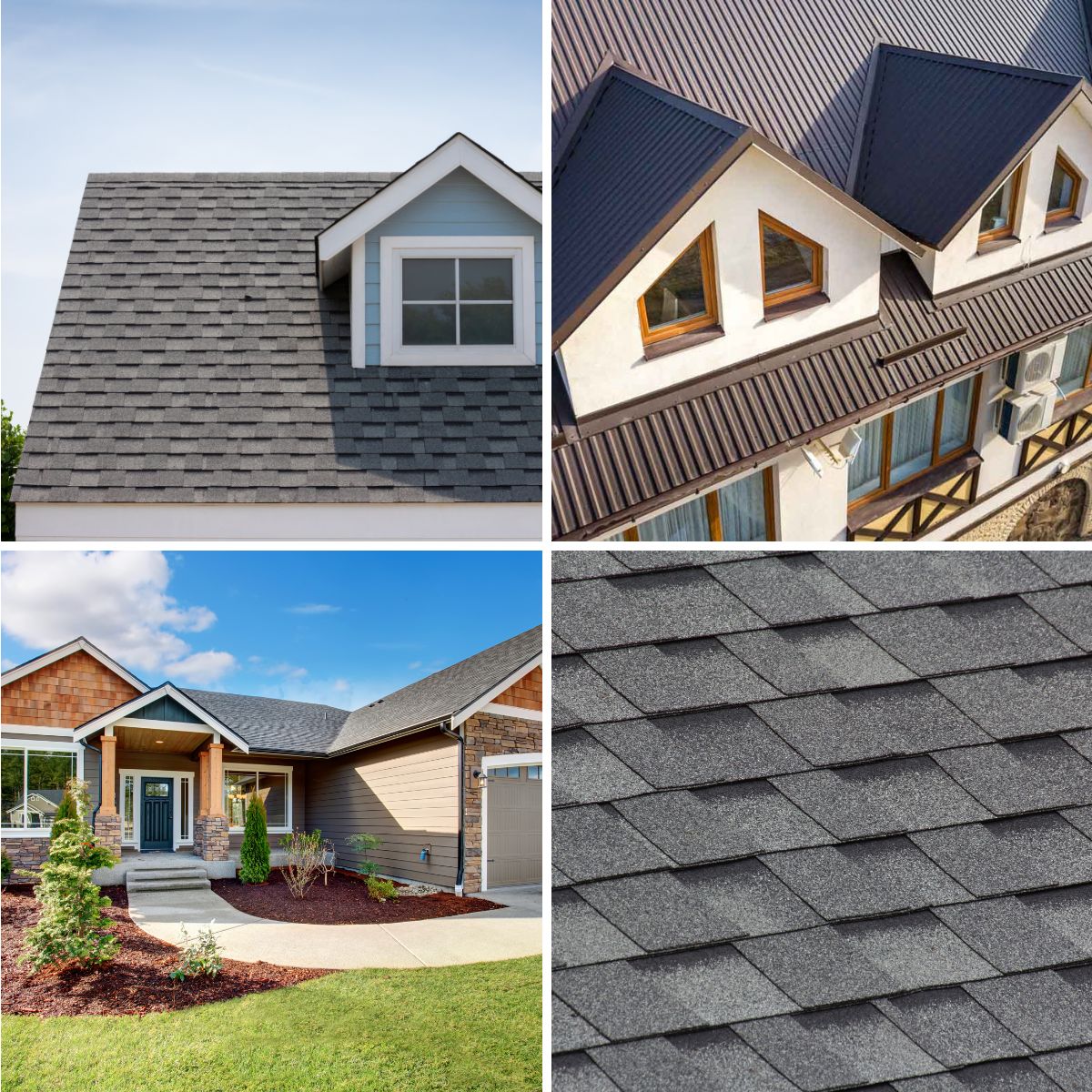
When building a home or replacing an existing roof, choosing the type of roof shingles includes important options such as durability and how many years the roof is rated to last. The most common roof shingles are made from a mixture of asphalt and other materials, such as fiberglass, cellulose, or wood, to reinforce the shingles.
As a homeowner, I must also select the roof shingle style and color that complements my home. Black roof shingles were once the most common choice years ago. Once homeowners like me decided we wanted to match the look of more expensive roofs, such as those with wooden shingles, many of us turned to brown and multicolor brown roof shingles.
However, black roofs have come back into fashion, thanks to modern contemporary home designs. They’ve once again become more popular than brown or lighter-colored shingles in many areas.
Black roofs stand out in neighborhoods lined with neutral or brown-colored roofs and create a bold color choice to complement a home’s style. Although black overhead surfaces may be the best color for a home’s design, there are other considerations when choosing black roof shingles.
What Are Black Roof Shingles?

Black roof shingles are asphalt and made with added materials to reinforce them, as mentioned above. However, solid shingles typically have fiberglass infused in them instead of organic materials, making them waterproof.
The fiberglass add-in also creates a more fireproof shingle and one that has flexibility. The flexibility helps withstand the weight of snow and the pounding of hail. Black shingles that are Energy Star certified due to the fiberglass content may allow homeowners to qualify for a tax credit.
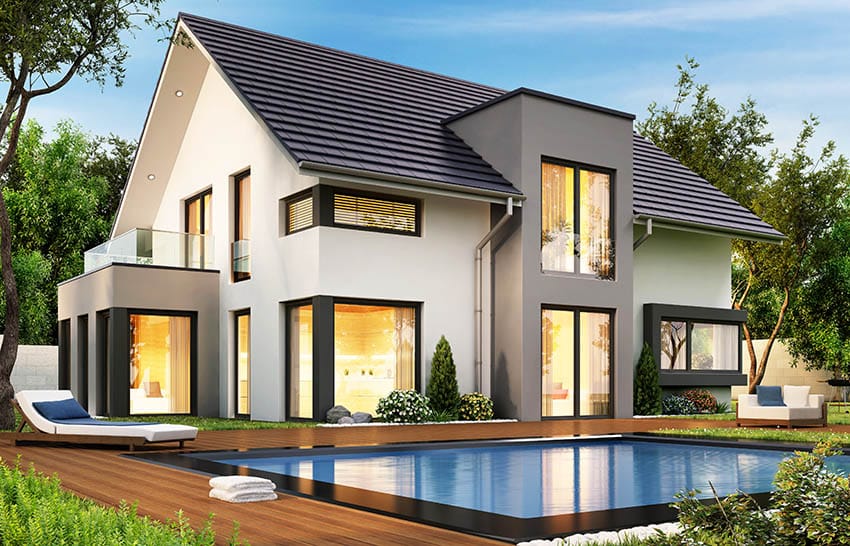
These materials protect a home from the weather and elements and work to beautify the home. The overhead shingles complement natural environments better and are used for many different types of roof styles.
This roofing comes in different sizes and colors and comes as layered, multidimensional, or a single, flatter layer such as a three-tab shingle. See more types of roof shingles on this page.
Pros of Black Shingles

Black roofing shingles help hold heat in the home in winter – The dark color absorbs heat from the sun and build-up in the attic.
The warm air provides a barrier against the nighttime cold. It allows the option for homeowners to install a system to circulate the warm air into their homes from the attic. In the summer, the hot air remains trapped in the attic, also providing a barrier to prevent losing cool air in the house.
Black roof shingles hide imperfections well – They provide a seamless look to blend any cracks, misaligned tiles or uneven surfaces.
Help Melt Snow – With the higher heat levels of black, they can help melt show and ice from the cladding in the winter. Although it may not make a significant difference in extended periods of frigid temperatures and snowfall, the color does help.
Stands Out – Black-hued surfaces typically highlight the home’s architectural appeal and can make exterior colors look more vivid.
Stylish – Modern home profiles include black cladding, which is popular with younger buyers.
Long Lifespan – Shingle materials are more economical and can last from 15 to 30 years.
Cons of Black Shingles
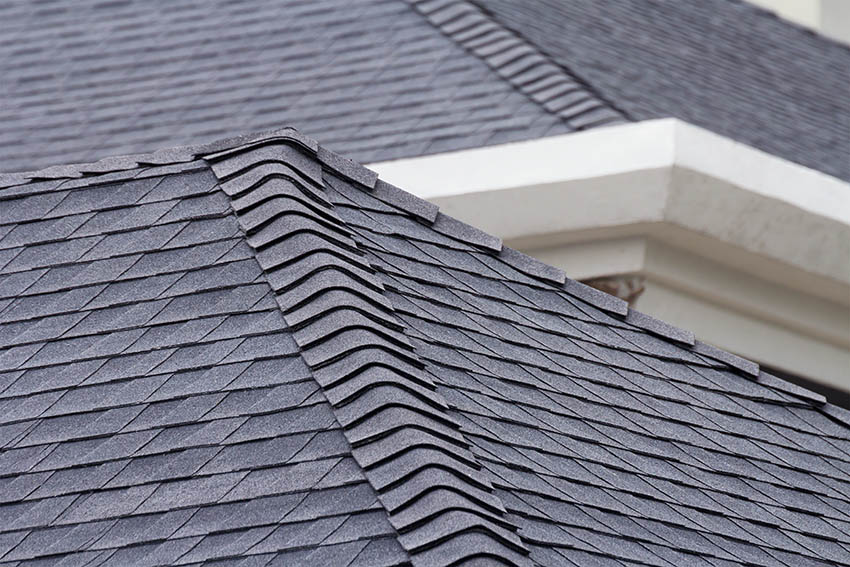
Hot Attics – For homes without an attic in the home’s main living area, black cladding for the roof will force heat down into the house in hot and arid climates. The extra heat increases the home’s cooling bill in hot summers.
Increased Energy Consumption – Many energy companies charge not just for energy use; they charge for energy use during peak times. A black rooftop can cause extra energy use during the hottest part of the day.
Increased Heat – Black overhead cladding reaches higher temperatures than light-colored tiles. The extra heat can cause a breakdown of the shingles over time.
Can Increase Mold – During seasonal humid weather or in climates high in humidity much of the year, the roofing can allow moisture trapped under them to build up. The moisture can cause damaging mold to the shingles.
Is Having Dark Roof Shingles a Bad Idea?
Many homeowners consider roofing as merely a functional task when building a new home or re-roofing an existing home. However, the choice of roof shingle colors has much to do with the home’s appearance. A black roofing surface on a small house can easily become overwhelming, making the house appear even smaller than it is.
Black roofing on a larger home can provide a stylish accent to the home’s colors and siding. Considering how much of the roofing shows in the front and the back of the house helps to visualize a black roof’s effect on the home’s design.
The stark difference compared to other elements on the house’s exterior can create a stunning look. Black roofing is a popular choice, and choosing the shade is up to the homeowner’s preference.
Will A Black Roofing Surface Make the House Hotter
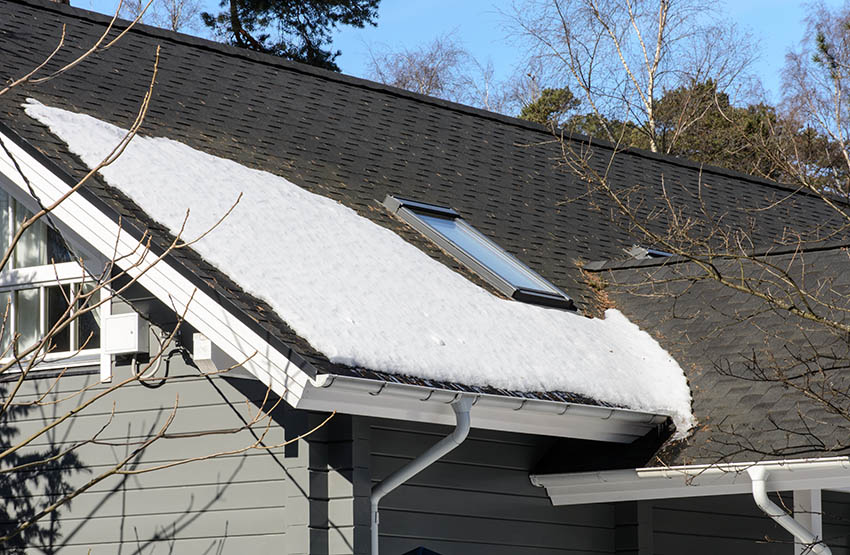
As discussed, black roofing could cause issues with pushing extra heat into a house in hot, sunny, and arid climates. But the opposite is also true. The heat can be trapped in an attic, and if well insulated, the attic can act as a barrier to the cool air in the home.
An area with cathedral ceilings may need extra insulation between the roofing and the interior ceiling to prevent excess heat from dropping into the house.
While many homeowners may consider a light-colored shingle to avoid the heat from black roofing, the lighter shingles do not promote heat entering the home during cold winter months.
Light-colored roofing tiles also show imperfections easier than dark roofing materials. Any shingles not aligned precisely will create an uneven gap in the surface. It can be harder to match light-colored shingles with a home’s color scheme, given they provide less of a contrast.
A home painted white or gray looks excellent with lighter-colored surfaces, but many other colors are challenging to match to a light roof, such as blue, beige, cream, light green, sage, and others. Homes with wood-shingled siding do not typically look appealing with a light-colored roofing shingle.
Can You Paint the Roofing Shingles Black?
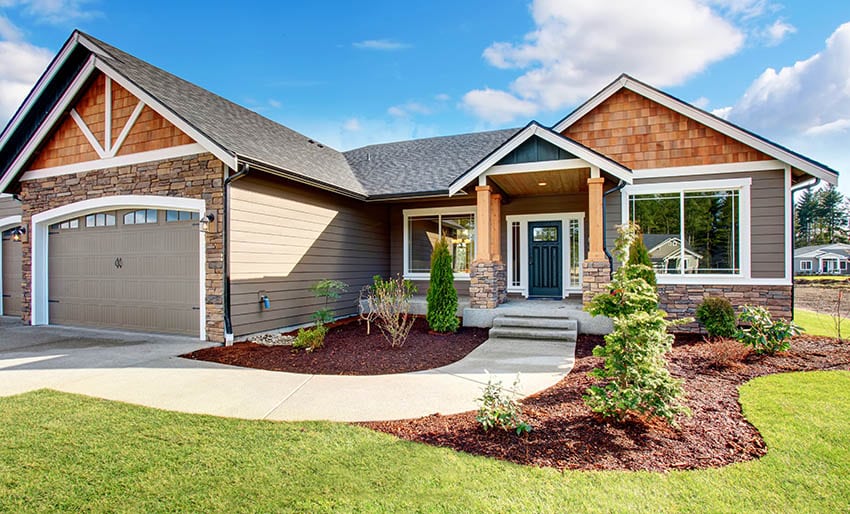
If a home’s roofing is one color and the homeowner wants to change the roof’s appearance, replacing the entire roof to change the color is an expensive project.
It is possible to paint the roofing another color, but there are pros and cons to this solution. And, considering the risk of a homeowner getting up on the roofline to paint the shingles, it’s recommended to hire a professional.
As long as the roofing is in good condition, painting the shingles to achieve a better look is a practical and economical idea.
However, painting the roofing does not add any waterproofing qualities and will not seal any leaks. If there is any damage to the roof, repairs must be made first before painting.
Broken or missing pieces should be replaced entirely. Before painting slate-colored roofing material, consider the following drawbacks:
- Painted slate-colored roofing material will show wear faster.
- Painted slate-colored roof sheets have to be repainted every five to seven years.
- Each time the shingles are repainted, the roofing has to be repaired, cleaned, and primed.
- The paint on black roofing is easily worn by sun, rain, hail, snow, and ice, causing the paint to fade faster.
- Acrylic paint, water-based, is a must for painting slate-colored roofing material to allow accumulated moisture to dry from under the shingles.
- Waterproofing paint can trap moisture and cause mold and algae and is not suggested to paint slate-colored roofing sheets.
- Painted black asphalt roofing will need to be touched up as the paint fades or peels. Slate-colored roofing material that are painted will show through most any paint color, especially light or neutral colors.
Most roofing contractors do not receive many requests to paint roofing sheets. And although they may know the basic rules to painting slate-colored roofing sheets, they may not have the expertise. Many contractors will not agree to paint slate-colored roofing material.
Acrylic shingle paint is applied with a sprayer and requires a professional to get the job done correctly. The asphalt shingles have a rough, raised surface requiring several coats of paint. An inferior paint job on black roofing could be catastrophic, causing a lot of extra maintenance.
Some roofing contractors may suggest elastomeric paint, which stretches with the roofing materials as the temperatures change. This paint will prevent early repairs, but as mentioned, water will likely get trapped under the shingles causing damage from mold or algae.
Still, there are benefits to painting slate-colored roof sheets. A lighter color will help with reducing heat in the home, and it’s better for the environment to paint instead of re-roofing.
Considering asphalt tiles are durable, long-lasting, and weatherproof, painting slate-colored roof sheets to achieve a custom roof color for your home is an easy and inexpensive option.
What do you think about slate-colored roofing material pros & cons? Are there any we’ve missed? If so let us know. For more related information see our article on the types of roof styles on this page.

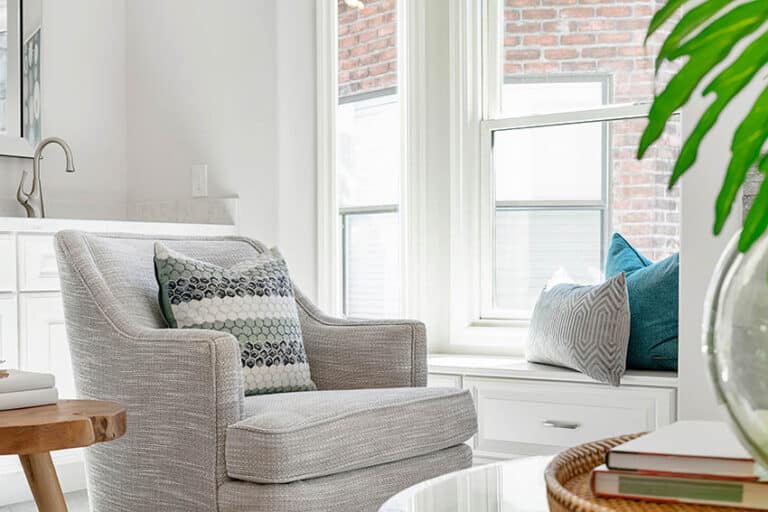
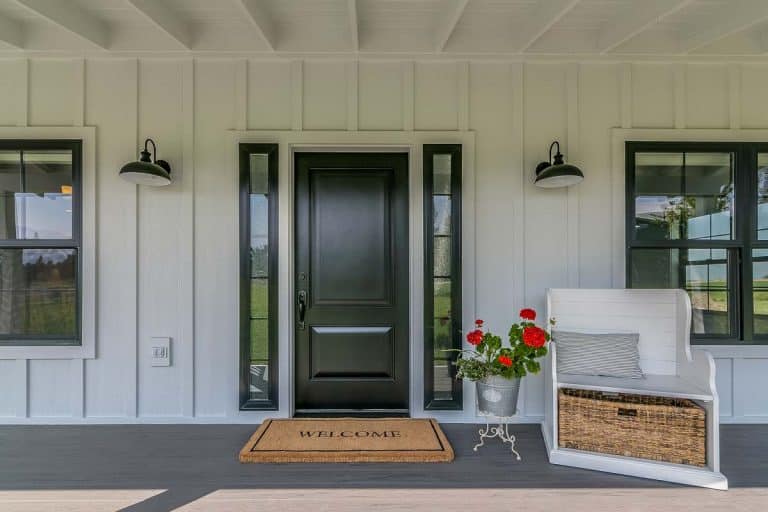
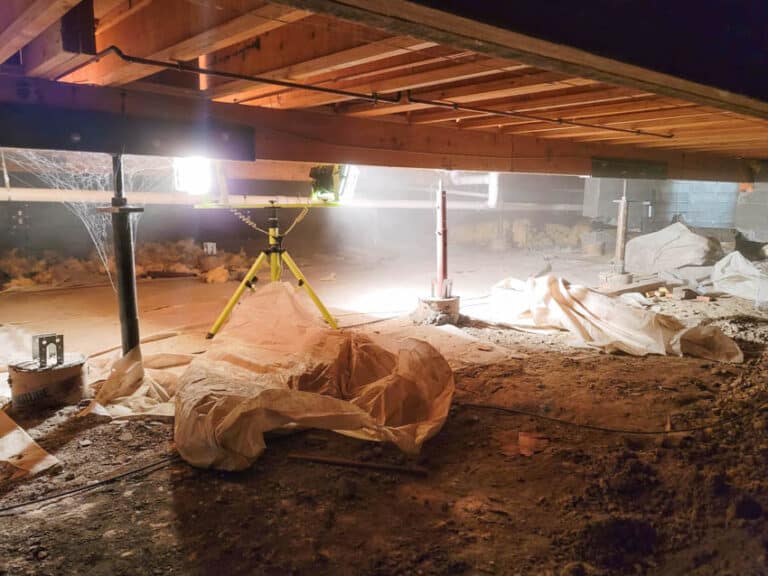
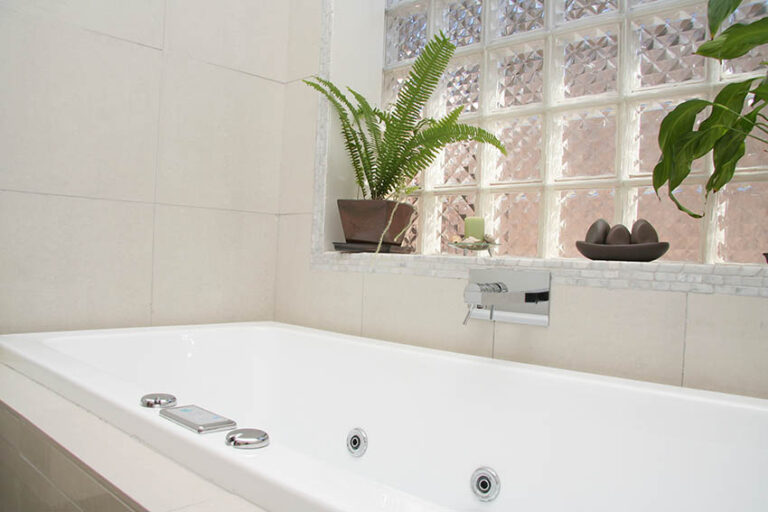
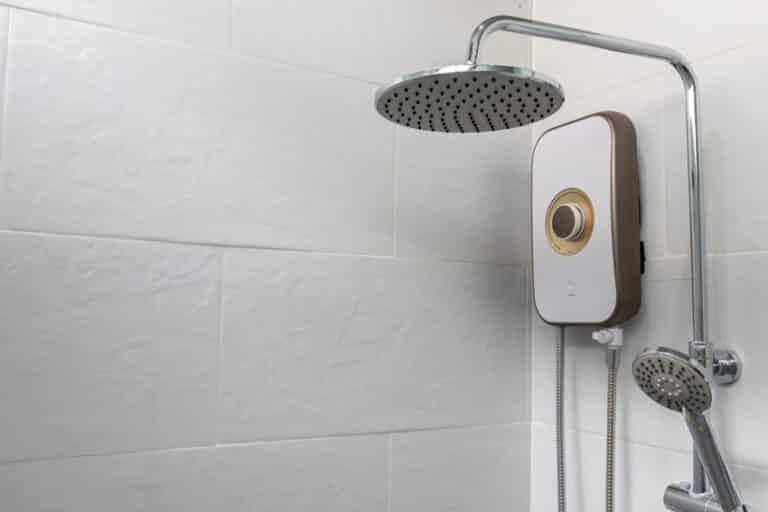
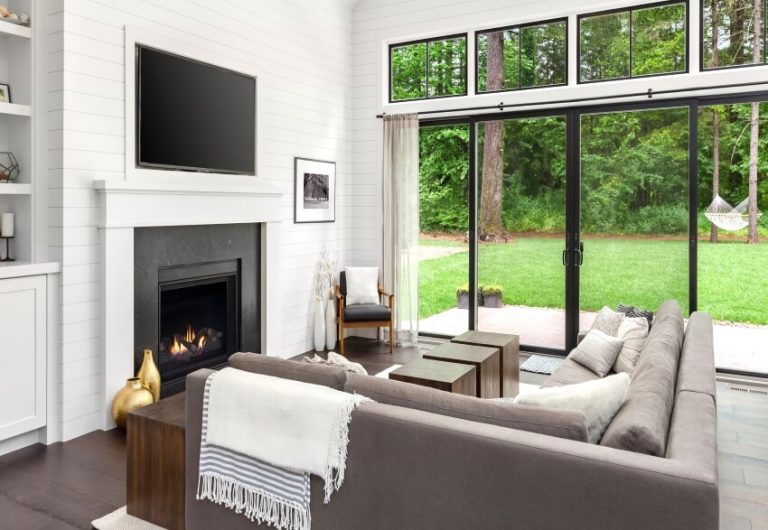
As someone who has experience with homes with both light and dark color roofs I can say I prefer lighter roofs for several reasons. The first one is light color roof shingles last longer than a dark color roof. This in my opinion is a big deal since no one wants to replace a roof faster than needed. The other big reason to go with a light color roof is the amount of sun they reflect away from the home. On the other side of the coin a dark color roof looks very stylish and I got way more comments from friends and family about the looks of my home with a dark color roof. The thing is over time my dark roof started to change color and it had a more faded look, not the crisp black roof look it had in the beginning. If you do decide to get a dark color roof I think they work best with certain colors similar to off-white, white or gray house paint.
I have gray roof shingles and was wondering why my attic got so hot. At first I thought I just needed more ventilation up there. Now after living in this house a while I don’t think gray is that much different from black when it comes to heating the attic space.